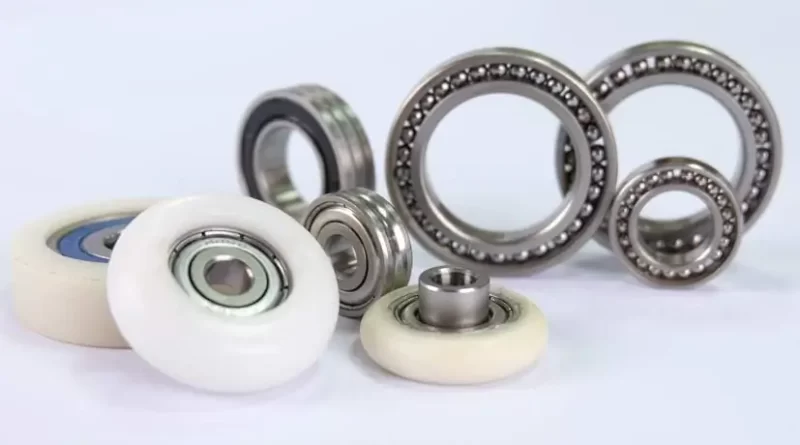Bearing processing technology and precision control methods
Bearing processing technology and precision control methods
Introduction
In the manufacturing industry, bearings play a critical role in ensuring the smooth operation of various machines and equipment. The efficiency and performance of bearings largely depend on the processing technology and precision control methods used during their production. This article aims to explore the advancements in bearing processing technology and the importance of precision control methods in achieving high-quality bearings.
Bearing Processing Technology
Bearing processing technology refers to the methods and techniques used in the manufacturing process of bearings. Over the years, significant advancements have been made in this field, resulting in improved bearing quality and performance. One such advancement is the use of computer numerical control (CNC) machines. These machines allow for precise and automated machining of bearing components, ensuring dimensional accuracy and surface finish.
Another important aspect of bearing processing technology is heat treatment. Heat treatment is crucial in enhancing the mechanical properties of bearing components, such as hardness and fatigue resistance. Through processes like quenching and tempering, the microstructure of the material is modified, resulting in improved performance and durability of the bearings.
Precision Control Methods
Precision control methods are essential in ensuring the accuracy and reliability of bearings. One commonly used method is statistical process control (SPC). SPC involves continuously monitoring and analyzing the production process to detect any deviations from the desired specifications. By using statistical tools and techniques, manufacturers can identify and address issues promptly, minimizing the risk of producing defective bearings.
Another precision control method employed in bearing manufacturing is geometric dimensioning and tolerancing (GD&T). GD&T provides a standardized system for specifying and controlling the dimensions and tolerances of bearing components. This ensures that the parts fit together correctly, allowing for optimal performance and functionality.
Additionally, inspection and measurement techniques are crucial in verifying the quality of bearings. Advanced measurement tools such as coordinate measuring machines (CMMs) and optical inspection systems enable manufacturers to accurately measure critical dimensions and detect any surface defects. These techniques ensure that each bearing meets the required specifications before being released to the market.
Importance of Bearing Processing Technology and Precision Control
The advancements in bearing processing technology and the implementation of precision control methods have several significant benefits. Firstly, they result in higher-quality bearings that exhibit improved performance and reliability. Through precise machining and heat treatment processes, the dimensional accuracy and mechanical properties of bearings are enhanced, reducing the risk of premature failure.
Secondly, these advancements and methods contribute to increased productivity and efficiency in the manufacturing process. CNC machines and automated processes minimize human error and reduce production time, allowing for higher production rates. The implementation of precision control methods also enables manufacturers to identify and rectify issues quickly, preventing waste material and reducing rework.
Conclusion
Bearing processing technology and precision control methods play a crucial role in the production of high-quality bearings. The advancements in processing technology, such as the use of CNC machines and heat treatment processes, have resulted in improved dimensional accuracy and mechanical properties. Precision control methods like SPC, GD&T, and advanced inspection techniques ensure that each bearing meets the required specifications. These advancements not only lead to better-performing bearings but also contribute to increased productivity and efficiency in the manufacturing process. As the demand for high-quality bearings continues to grow, further research and development in processing technology and precision control methods will continue to drive innovation in the industry.
.webp)

